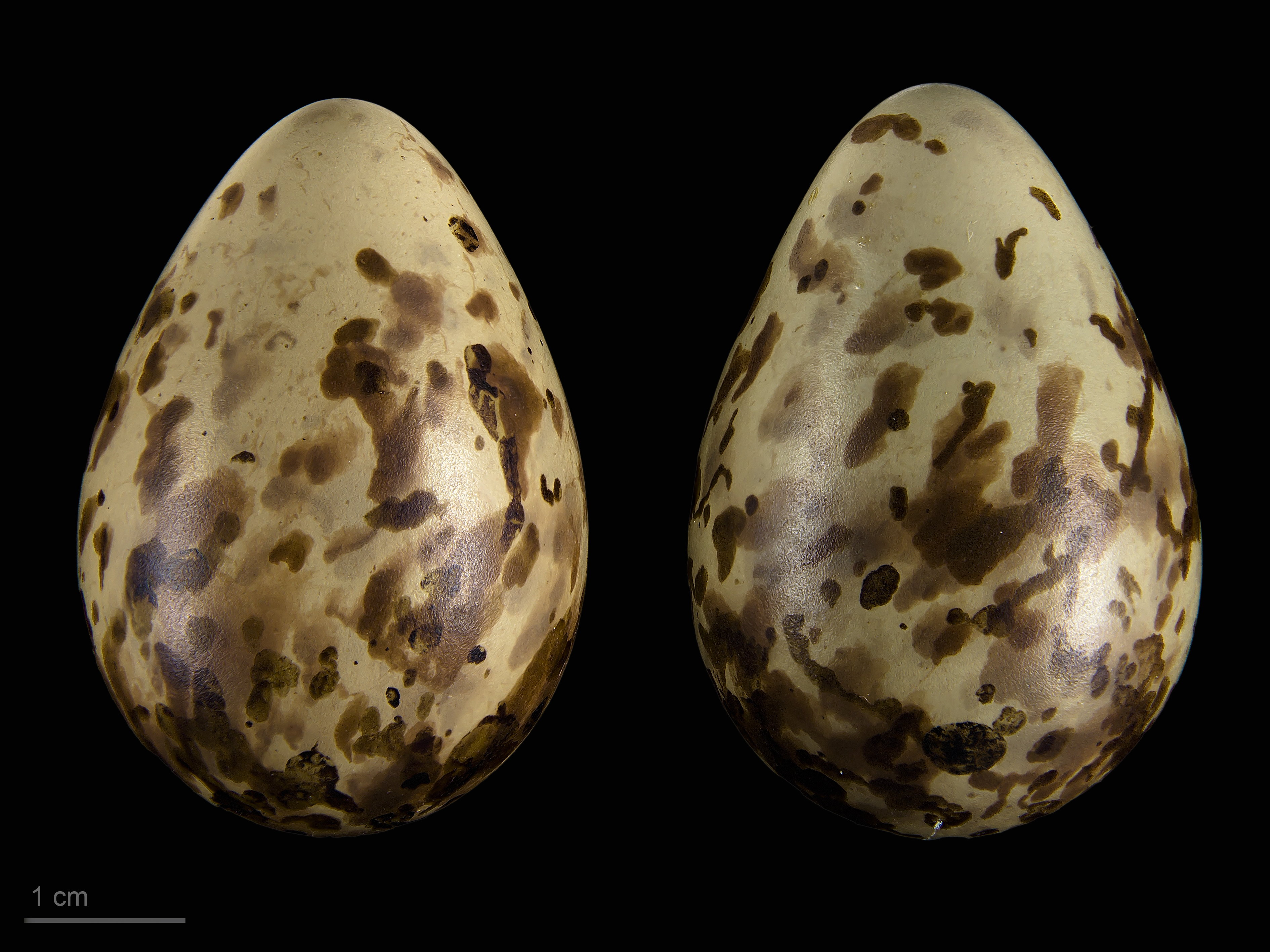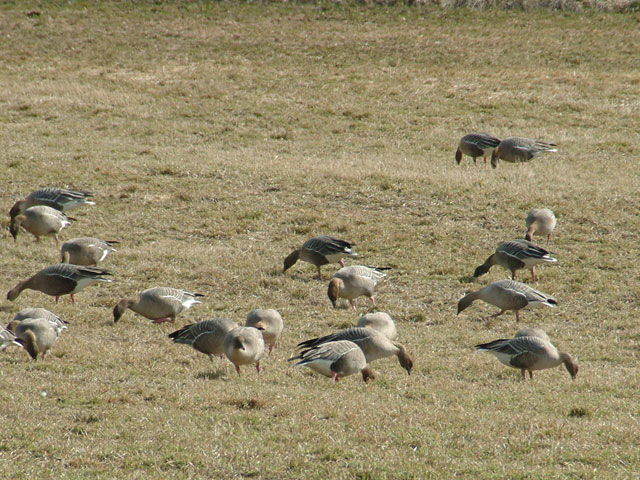|
Kongsfjorden Bird Sanctuary
Kongsfjorden Bird Sanctuary ( no, Kongsfjorden fuglereservat) is a 140 ha bird reserve at Svalbard, Norway, established in 1973. It includes islands and islets in Kongsfjorden, Haakon VII Land. It lies at the inner end of the fjord and consists of about ten islands, mainly covered with grassy vegetation and having small freshwater ponds. The fjord is surrounded by steep mountains, cliffs, glaciers and tundra. The reserve has been recognised as a wetland of international importance by designation under the Ramsar Convention. It has also been identified as an Important Bird Area (IBA) by BirdLife International. It supports breeding populations of pink-footed and barnacle geese, common and king eiders, long-tailed ducks, purple sandpipers, red phalaropes, glaucous gulls, long-tailed jaegers and snow buntings. Ivory gull The ivory gull (''Pagophila eburnea'') is a small gull, the only species in the genus ''Pagophila''. It breeds in the high Arctic and has a circumpolar ... [...More Info...] [...Related Items...] OR: [Wikipedia] [Google] [Baidu] |
Blomstrandhalvøya
Blomstrandøya (), also known as ''Blomstrandhalvøya'', is an island at the western side of Spitsbergen, Svalbard. It is located in Kongsfjorden, near the northern side of the fjord, and has a roughly circular shape with a cross section of about 5 km. The island was originally believed to be a peninsula, when the glacier Blomstrandbreen extended onto the island. The highest mountain is Irgensfjellet 385 m.a.s.l. The former peninsula has an area of 16,4 km2. In 1911, the English prospector Ernest Mansfield founded Ny-London, a now derelict marble mining settlement which lies on the southwestern part of the island. References Islands of Svalbard {{svalbard-geo-stub ... [...More Info...] [...Related Items...] OR: [Wikipedia] [Google] [Baidu] |
Wetland
A wetland is a distinct ecosystem that is flooded or saturated by water, either permanently (for years or decades) or seasonally (for weeks or months). Flooding results in oxygen-free (anoxic) processes prevailing, especially in the soils. The primary factor that distinguishes wetlands from terrestrial land forms or Body of water, water bodies is the characteristic vegetation of aquatic plants, adapted to the unique anoxic hydric soils. Wetlands are considered among the most biologically diverse of all ecosystems, serving as home to a wide range of plant and animal species. Methods for assessing wetland functions, wetland ecological health, and general wetland condition have been developed for many regions of the world. These methods have contributed to wetland conservation partly by raising public awareness of the functions some wetlands provide. Wetlands occur naturally on every continent. The water in wetlands is either freshwater, brackish or seawater, saltwater. The main w ... [...More Info...] [...Related Items...] OR: [Wikipedia] [Google] [Baidu] |
Snow Bunting
The snow bunting (''Plectrophenax nivalis'') is a passerine bird in the family Calcariidae. It is an Arctic specialist, with a circumpolar Arctic breeding range throughout the northern hemisphere. There are small isolated populations on a few high mountain tops south of the Arctic region, including the Cairngorms in central Scotland and the Saint Elias Mountains on the southern Alaska-Yukon border, as well as the Cape Breton Highlands. The snow bunting is the most northerly recorded passerine in the world. Taxonomy The snow bunting was formally described by the Swedish naturalist Carl Linnaeus in 1758 in the tenth edition of his ''Systema Naturae''. He placed it with the buntings in the genus ''Emberiza'' and coined the binomial name ''Emberiza nivalis''. He specified the locality as Lapland. It is now placed in the genus ''Plectrophenax'' that was introduced in 1882 by the Norwegian born zoologist Leonhard Stejneger with the snow bunting as the type species. The genus name ''P ... [...More Info...] [...Related Items...] OR: [Wikipedia] [Google] [Baidu] |
Long-tailed Jaeger
The long-tailed skua or long-tailed jaeger (''Stercorarius longicaudus'') is a seabird in the skua family Stercorariidae. Etymology The word "jaeger" is derived from the German word ''Jäger'', meaning "hunter". The English word "skua" comes from the Faroese name ''skúgvur'' for the great skua, with the island of Skúvoy known for its colony of that bird. The general Faroese term for skuas is ''kjógvi'' . The genus name ''Stercorarius'' is Latin and means "of dung"; the food disgorged by other birds when pursued by skuas was once thought to be excrement. The specific ''longicaudus'' is from Latin ''longus'', "long", and ''cauda'', "tail". Description This species is unmistakable as an adult, with grey back, dark primary wing feathers without a white "flash", black cap and very long tail. Adults often hover over their breeding territories. Juveniles are much more problematic, and are difficult to separate from parasitic jaeger over the sea. They are slimmer, longer-winged ... [...More Info...] [...Related Items...] OR: [Wikipedia] [Google] [Baidu] |
Glaucous Gull
The glaucous gull (''Larus hyperboreus'') is a large gull, the second-largest gull in the world. It breeds in Arctic regions of the Northern Hemisphere and winters south to shores of the Holarctic. The genus name is from Latin ''larus'', which appears to have referred to a gull or other large seabird. The specific name ''hyperboreus'' is Latin for "northern" from the Ancient Greek ''Huperboreoi'' people from the far north "Glaucous" is from Latin ''glaucus'' and denotes the grey colour of the gull. An older English name for this species is burgomaster. This gull is migratory, wintering from in the North Atlantic and North Pacific Oceans as far south as the British Isles and northernmost states of the United States, also on the Great Lakes. A few birds sometimes reach the southern USA and northern Mexico. Description This is a large and powerful gull, second-largest of all gull species and very pale in all plumage, with no black on either the wings or the tail. Adults are pal ... [...More Info...] [...Related Items...] OR: [Wikipedia] [Google] [Baidu] |
Purple Sandpiper
The purple sandpiper (''Calidris maritima'') is a small shorebird in the sandpiper family Scolopacidae. This is a hardy sandpiper that breeds in the arctic and subarctic regions of Eurasia and North America and winters further south on the Atlantic coast. Taxonomy The purple sandpiper was formally described in 1764 by the Danish zoologist Morten Thrane Brünnich and given the binomial name ''Tringa maratina''. This species was formerly placed in the genus ''Erolia''. It is now placed with 23 other sandpipers in the genus ''Calidris'' that was introduced in 1804 by the German naturalist Blasius Merrem. The genus name is from Ancient Greek ''kalidris'' or ''skalidris'', a term used by Aristotle for some grey-coloured waterside birds. The specific epithet ''maritima'' is from Latin and means "of the sea", from ''mare'', "sea". The purple sandpiper is treated as monotypic: no subspecies are recognised. Within the genus ''Calidris'' the purple sandpiper is sister to the rock sandpipe ... [...More Info...] [...Related Items...] OR: [Wikipedia] [Google] [Baidu] |
Long-tailed Duck
The long-tailed duck (''Clangula hyemalis''), formerly known as oldsquaw, is a medium-sized sea duck that breeds in the tundra and taiga regions of the arctic and winters along the northern coastlines of the Atlantic and Pacific Oceans. It is the only member of the genus ''Clangula''. Taxonomy The long-tailed duck was formally described by the Swedish naturalist Carl Linnaeus in 1758 in the tenth edition of his ''Systema Naturae''. He placed it with all the other ducks in the genus ''Anas'' and coined the binomial name ''Anas hyemalis''. Linnaeus cited the English naturalist George Edwards's description and illustration of the "Long-tailed duck from Hudson's-Bay" that had been published in 1750 in the third volume of his ''A Natural History of Uncommon Birds''. This duck is now the only species placed in the genus ''Clangula'' that was introduced in 1819 to accommodate the long-tailed duck by the English zoologist William Leach in an appendix to John Ross's account of his vo ... [...More Info...] [...Related Items...] OR: [Wikipedia] [Google] [Baidu] |
King Eider
The king eider (pronounced ) (''Somateria spectabilis'') is a large sea duck that breeds along Northern Hemisphere Arctic coasts of northeast Europe, North America and Asia. The birds spend most of the year in coastal marine ecosystems at high latitudes, and migrate to Arctic tundra to breed in June and July. They lay four to seven eggs in a scrape on the ground lined with grass and down. Taxonomy and etymology When he first described the king eider in 1758, in the 10th edition of his opus Systema Naturae, Carl Linnaeus assigned it to the genus ''Anas'', along with the rest of the ducks. In 1819, William Elford Leach moved it and the other large eiders to the genus ''Somateria'', where it has remained since. It is very closely related to the other members of its genus, and is known to hybridise with the common eider. Despite its very large range, it is monotypic. The genus name ''Somateria'' is a combination of the Greek words ''sōma'', meaning "body", and ''erion'', meanin ... [...More Info...] [...Related Items...] OR: [Wikipedia] [Google] [Baidu] |
Common Eider
The common eider (pronounced ) (''Somateria mollissima''), also called St. Cuthbert's duck or Cuddy's duck, is a large ( in body length) sea-duck that is distributed over the northern coasts of Europe, North America and eastern Siberia. It breeds in Arctic and some northern temperate regions, but winters somewhat farther south in temperate zones, when it can form large flocks on coastal waters. It can fly at speeds up to . The eider's nest is built close to the sea and is lined with eiderdown, plucked from the female's breast. This soft and warm lining has long been harvested for filling pillows and quilts, but in more recent years has been largely replaced by down from domestic farm-geese and synthetic alternatives. Although eiderdown pillows or quilts are now a rarity, eiderdown harvesting continues and is sustainable, as it can be done after the ducklings leave the nest with no harm to the birds. Taxonomy The common eider was formally named by the Swedish naturalist Carl ... [...More Info...] [...Related Items...] OR: [Wikipedia] [Google] [Baidu] |
Barnacle Goose
The barnacle goose (''Branta leucopsis'') is a species of goose that belongs to the genus '' Branta'' of black geese, which contains species with largely black plumage, distinguishing them from the grey ''Anser'' species. Despite its superficial similarity to the brant goose, genetic analysis has shown it is an eastern derivative of the cackling goose lineage. Taxonomy and naming The barnacle goose was first classified taxonomically by Johann Matthäus Bechstein in 1803. ''Branta'' is a Latinised form of Old Norse ''Brandgás'', "burnt (black) goose" and the specific epithet is from the Ancient Greek ''leukos'' "white", and ''opsis'' "faced". The barnacle goose and the similar brant goose were previously considered one species, and were formerly believed to spawn from the goose barnacle. This gave rise to the English name of the barnacle goose and the scientific name of the brant. It is sometimes claimed that the word comes from a Celtic word for "limpet", but the sense-histor ... [...More Info...] [...Related Items...] OR: [Wikipedia] [Google] [Baidu] |
Pink-footed Goose
The pink-footed goose (''Anser brachyrhynchus'') is a goose which breeds in eastern Greenland, Iceland and Svalbard. It is migratory, wintering in northwest Europe, especially Ireland, Great Britain, the Netherlands, and western Denmark. The name is often abbreviated in colloquial usage to "pinkfoot" (plural "pinkfeet"). ''Anser'' is the Latin for "goose", and ''brachyrhynchus'' comes from the ancient Greek ''brachus'' "short" and ''rhunchos'' "bill". It is a medium-sized goose, long, the wingspan , and weighing . It has a short bill, bright pink in the middle with a black base and tip, and pink feet. The body is mid-grey-brown, the head and neck a richer, darker brown, the rump and vent white, and the tail grey with a broad white tip. The upper wing-coverts are of a somewhat similar pale bluish-grey as in the greylag goose, and the flight feathers blackish-grey. The species is most closely related to the bean goose ''Anser fabalis'' (having even been treated as a subspecies of ... [...More Info...] [...Related Items...] OR: [Wikipedia] [Google] [Baidu] |






.jpg)

